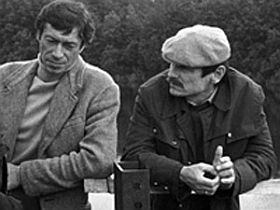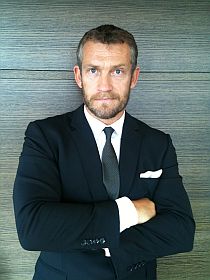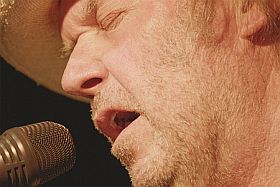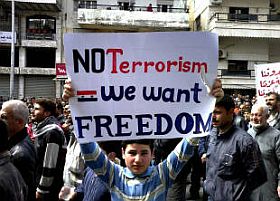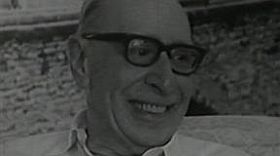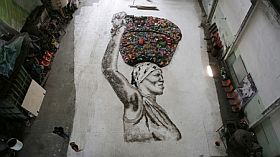It has been around for one and a half year, it has won awards all over at festivals, several audience awards, it was nominated for an Oscar this year, it has been released theatrically in many countries (for our Danish readers: it is still in cinemas here), in other words in terms of distribution a documentary success story.
And it does deserve the huge attention it has got. It is a film with a lot of respect and love for its protagonists, the poor garbage pickers in Brazil, it has a warm, lovely main character, the artist Vik Muniz, and it has a narrative that gets you involved: you see the process of Muniz going back from his New York fashionable life to his native country Brazil, to the favelas and the garbage hills, you see him and his staff, first of all Fabio, go to cast the people, they want to take pictures of, you see the transformation of the photos through the re-use of garbage, into beautiful portraits that is sold for big money, that is given back to the ACAMJG, the association of Recycling Pickers of Jardim Gramacho, where most of the pickers, the catadores, are registered, and which works for better working conditions and educational inititives for the workers. Most important, however, is that the director manages to establish an emotional link to the characters, who stand out as human beings with dignity, and whose reactions to the artistic experiment is registered with a lot of care.
The website below gives a lot of information on what happened wfter the release of the film, you can give a contribution to the ACAMJG, you can buy a dvd through Amazon, you can see examples of the art works. Photo: Vik Muniz.
http://www.wastelandmovie.com/index.html



